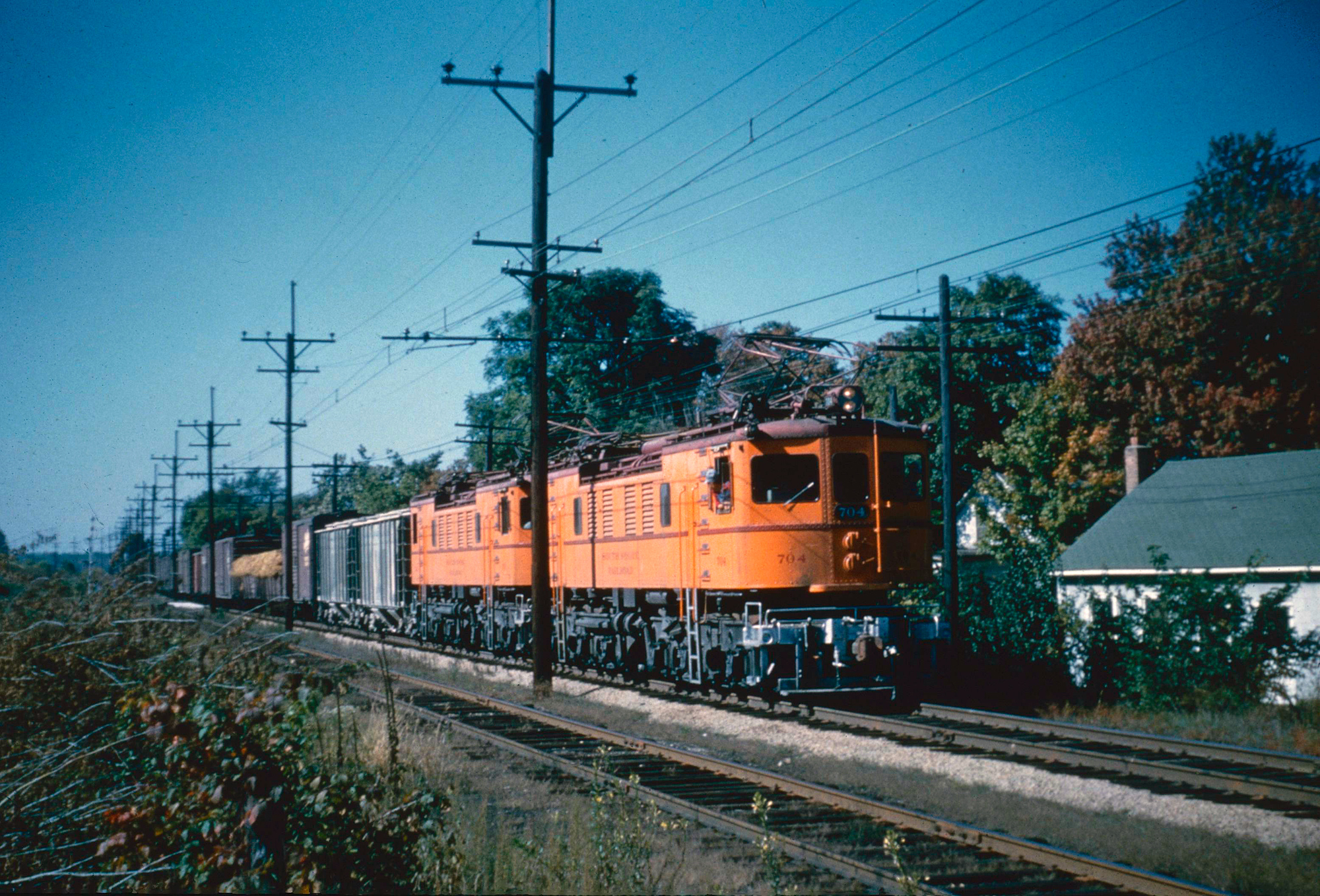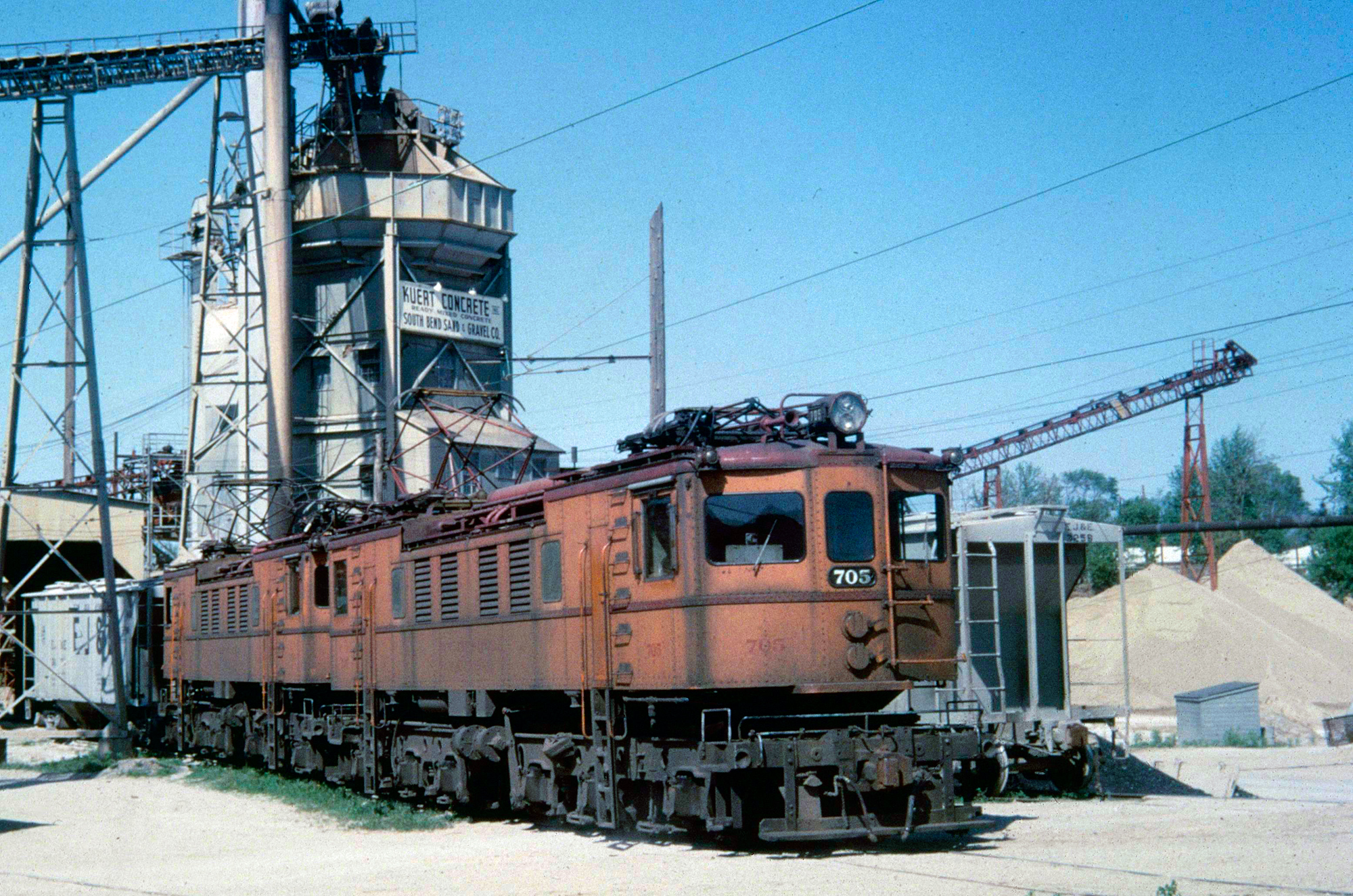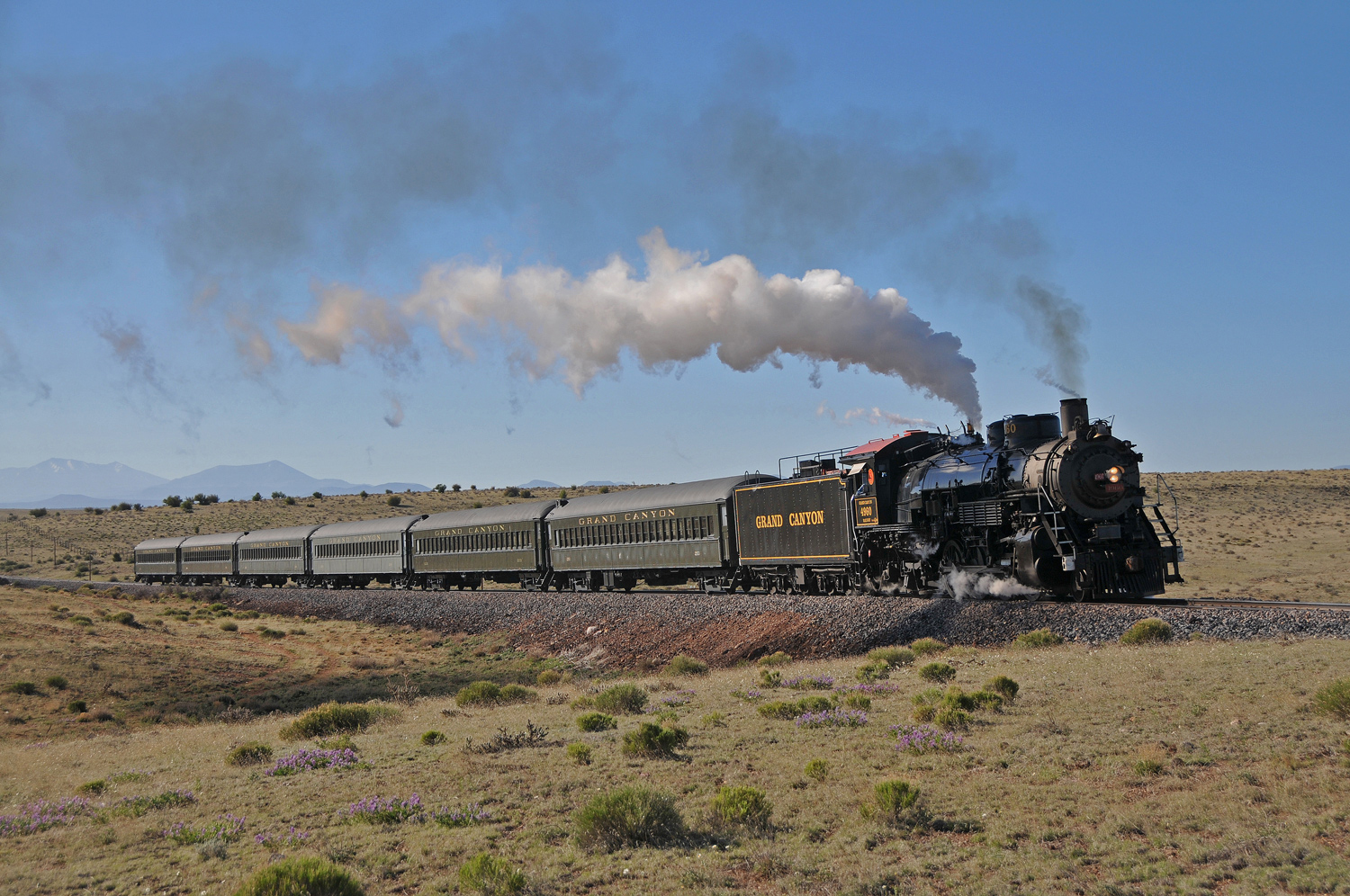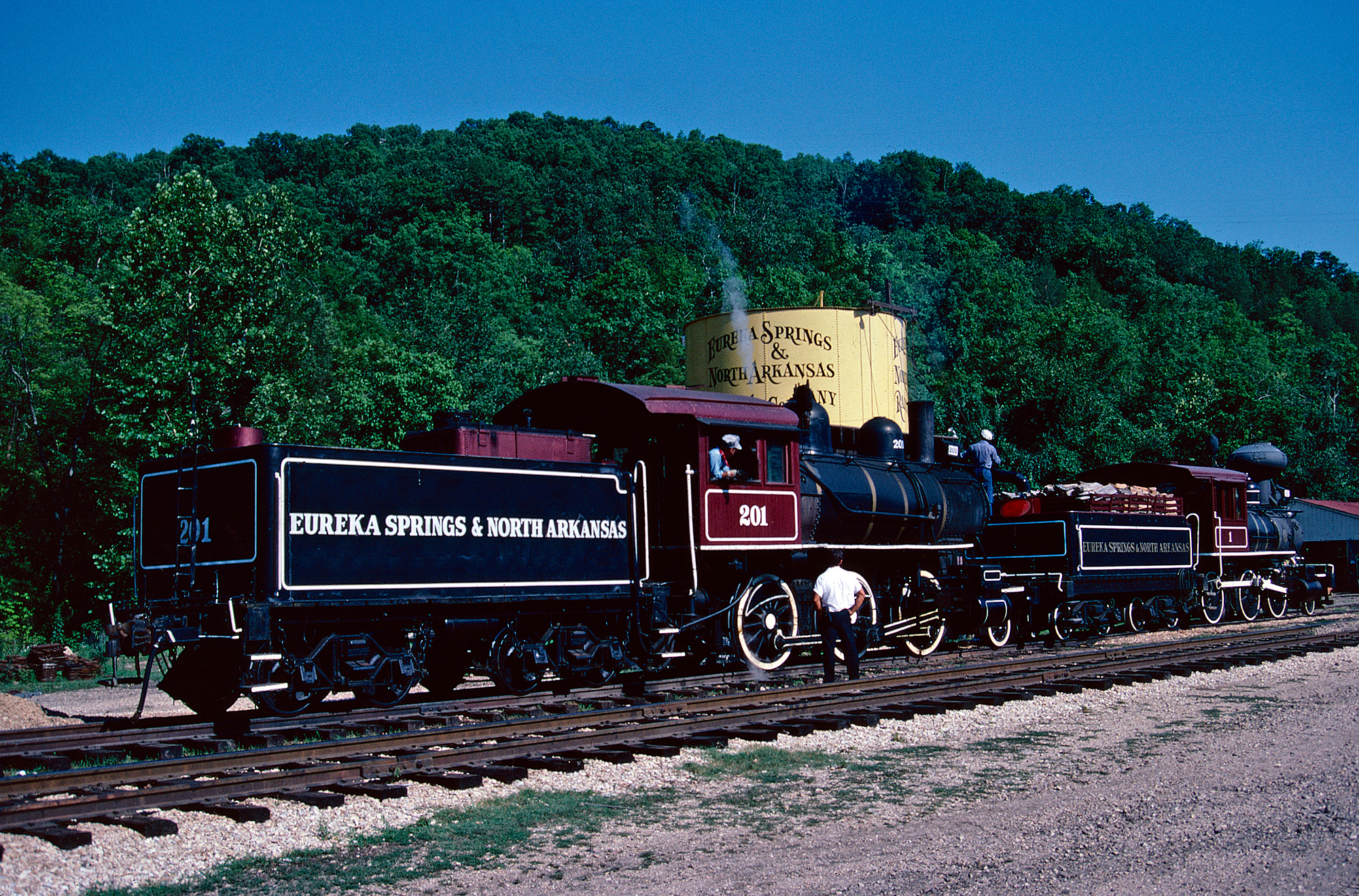R-Motors: The R/R2 Freight Electrics (NYC/South Shore)
Last revised: August 29, 2024
By: Adam Burns
The R-Motor class, designated by the New York Central, comprised a prototype and a subsequent fleet of 42 electric freight locomotives manufactured by ALCO-GE.
These locomotives were specifically designed for operation within the New York Electrified Zone. Alongside the P Motors, the R Motors represented the second generation of electric locomotives for the New York Central and were equipped with advanced nose-suspended traction motors.
Notably, the R-2 models were among the first locomotives in North America to adopt the C-C wheel arrangement, a configuration that would later become the standard for diesel-electric road freight locomotives.
The development of the initial R Motor was a direct response to the Kaufman Act, which prohibited steam locomotive operation within New York City and mandated the elimination of street-level tracks along the 10th Avenue freight route.
Following the successful evaluation of the prototype for freight service, an additional 42 R-2 class locomotives were ordered. These locomotives spent their operational lives largely out of public view, hauling freight along the West Side Freight Line and other sections of the electrified zone.
In later years, several R-2 locomotives were relocated to the Detroit River Tunnel to support the aging fleet of steeplecab electric locomotives until 1953, when a new ventilation system enabled diesel operations.
During the 1950s, some of the R-Motors were sold to the Chicago, South Shore, and South Bend Railroad for continued freight service.
 A pair of South Shore Line boxcabs, led by #704, work freight service at New Carlisle, Indiana in October, 1960. American-Rails.com collection.
A pair of South Shore Line boxcabs, led by #704, work freight service at New Carlisle, Indiana in October, 1960. American-Rails.com collection.Kaufman Act
To comply with the Kaufman Act, the New York Central Railroad faced the substantial task of elevating and electrifying its extensive West Side freight services, which catered to a bustling waterfront and industrial area.
Previously, the railroad's electrification efforts had primarily focused on passenger operations, as evidenced by the project into Grand Central Terminal in 1906, leaving it without dedicated electric units for freight service.
In 1926, the New York Central ordered a prototype freight locomotive from Alco-GE. This unit utilized lighter electric motors that could be geared directly to the axles rather than the more cumbersome Bi-polar design, in which motors were built around the axles.
Classified as R, the prototype consisted of two semi-permanently coupled units numbered 1200-1201, each featuring a B-B wheel configuration and equipped with four 500 horsepower traction motors.
The total length was a compact 68 feet, designed to navigate the tight turning radii required for the new West Side elevated line.
After several years of rigorous testing, a more straightforward single-unit design was selected for mass production.
This design employed a C-C wheel arrangement, which offered greater pulling power compared to the B-B configuration, while avoiding the complexities associated with a four-bogie design.
Specifications
| Class | R | R-2 |
|---|---|---|
| Propulsion | Electric | |
| Builder | ALCO-GE | |
| Build date | 1926 | 1930-1931 |
| Total produced | 1 (2 permanently-coupled units) | 42 |
| Wheel Arrangement (AAR) | B-B+B-B | C-C |
| Gauge | 4 ft 8 1⁄2 inches | |
| Driver diameter | 44 inches | |
| Length | 68 ft | 54 ft |
| Locomotive weight | 345,000 lb | 266,400 lb |
| Electric system/s | 660 volt DC | |
| Current pickup(s) | Third rail* | |
| Traction motors | 8 × GE 286A | 6 x GE 286B |
| Transmission | DC nose suspended traction motors. | |
| Maximum speed | 60 mph | |
| Power output | 4,000 hp | 3,000 hp |
| Tractive effort | 88,500 lbs | 66,600 lbs |
* The South Shore units were rebuilt with pantographs to utilize the railroad's overhead catenary.
Class R-2
The new class of 42 C-C locomotives, designated as R-2 and numbered 1202-1243, each delivered a reliable 3,000 horsepower.
The cab design closely mirrored that of the P-Motors, introduced only a year prior, but omitted the long porch-like structures at the front that supported the leading wheels. Additionally, the powered trucks of the R-Motors were almost identical to those on the P-Motors.
However, as diesel locomotive technology progressed rapidly, the R-Motors' duties were gradually supplanted. The original prototype was converted into a pair of diesel-hauled hump trailers in 1945. As a result, the large R-2 fleet found itself repurposed for other roles throughout the railroad.
In the 1940s, several R-2s were deployed to pull trains through the electrified Detroit River Tunnels. These units returned to general service in 1953 when the tunnels were upgraded for diesel operations. In 1955, ten R-2 units were sold to the Chicago South Shore and South Bend Railroad to bolster their electrified freight capabilities.
 A pair of South Shore R-2 boxcabs, #705 and #704, switch out Kuert Concrete in South Bend, Indiana on May 10, 1964. American-Rails.com collection.
A pair of South Shore R-2 boxcabs, #705 and #704, switch out Kuert Concrete in South Bend, Indiana on May 10, 1964. American-Rails.com collection.South Shore Line
Seven of these units, renumbered South Shore #701-707, were rebuilt to operate on 1500-volt DC overhead lines using components from the conversion of P-Motors to 660-volt, DC third rail. Modifications also included relocating the cab door from the front to a standard side access.
The R-Motors were gradually scrapped during the 1950s and 60s, while the South Shore units remained in service into the 1970s. Unfortunately, none of these historically significant locomotives were preserved.
Recent Articles
-
Arizona Railroad Museums: A Complete Guide
Apr 16, 25 01:17 PM
Learn about Arizona's rich history with railroads at one of several museums scattered throughout the state. More information about these organizations may be found here. -
Arkansas Railroad Museums: A Complete Guide
Apr 16, 25 12:59 PM
The state of Arkansas is home to a handful of small railroad museums. Learn more about these organizations here. -
Alabama Railroad Museums: A Complete Guide
Apr 16, 25 12:30 PM
Alabama, with its storied past and vibrant connection to the railroad industry, is home to several captivating railroad museums.

